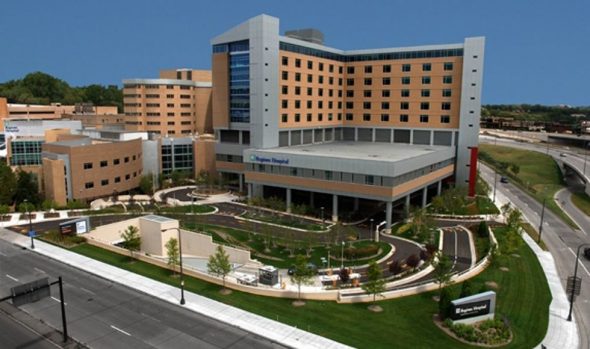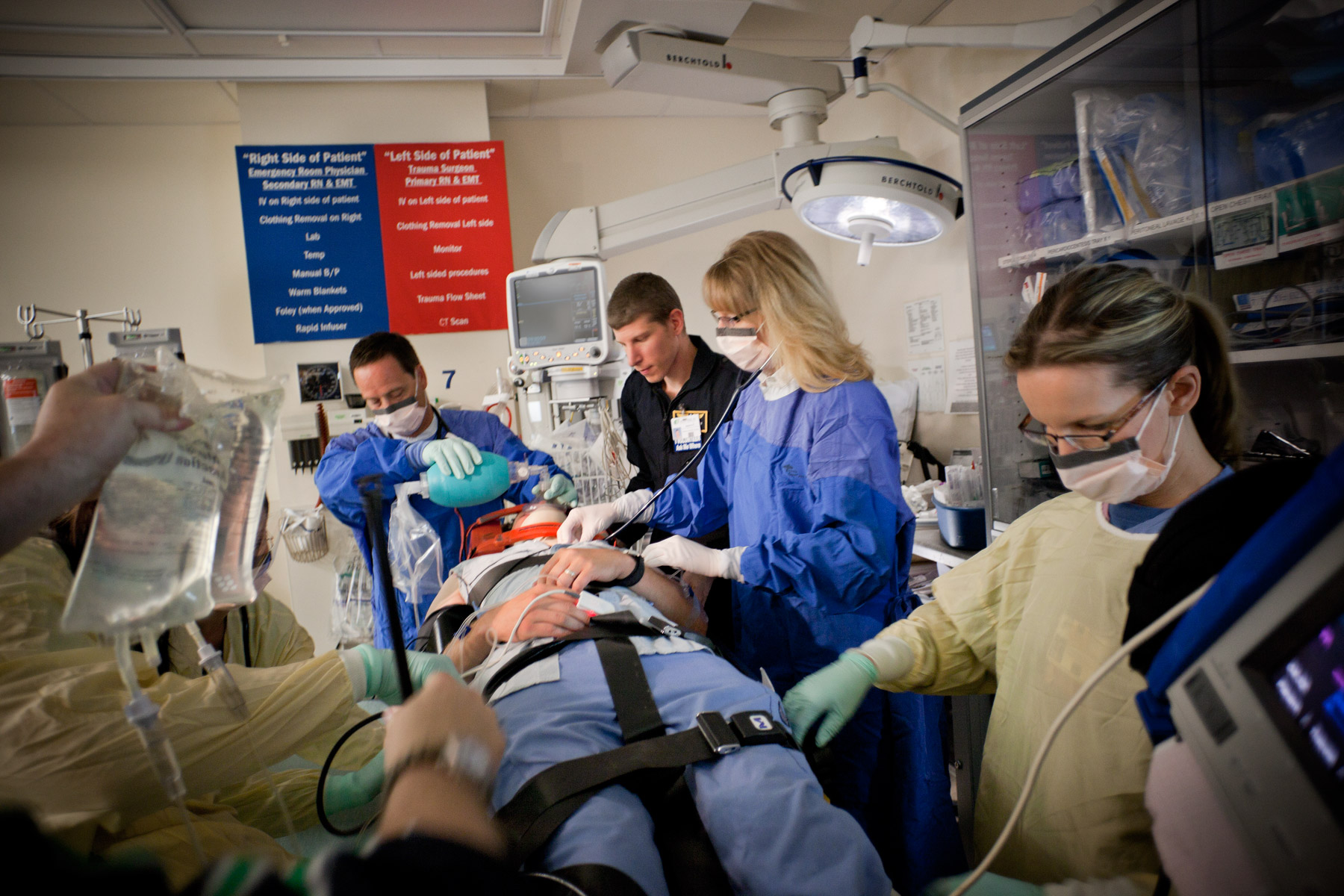

“You have to take care of the mind, body and soul with these patients,” she explained. Lori Pelham, M.S.N., R.N., clinical nursing director for the Trauma Burn Unit said being a multidisciplinary team is important, especially for burn patients. “Most ICUs and critical care locations now use this type of model to give the best care we can to patients in a holistic way,” she said. The Trauma Burn unit at U-M Health was one of the first ICUs in the state to have a multidisciplinary team over 50 years ago, according to Jill Cherry-Bukowiec, M.D., M.S., P.N.S., FACS, FCCM, associate professor of general surgery and co-medical director of the Trauma Burn unit. We work closely with the Emergency Department, orthopaedic surgery, neurosurgery and anesthesiology, and receive support from many ancillary services including the Blood Bank, radiology, physical and occupational therapy, social work and pharmacy, among others.” “Outside of the core trauma team, key members include faculty and staff in the ED, OR and ICUs. “In reality, our team numbers in the hundreds of people and touches nearly every aspect of U-M Health,” said Mark Hemmila, M.D., professor of surgery in the Division of Acute Care Surgery. But ask anyone to define the team and you will likely hear the same thing: While there are core team members and job functions within the Trauma Burn unit, the team that provides care for these patients encompasses departments and units across the entire health system.

The Trauma Burn ICU has a dedicated and passionate team with members who have worked there for decades.

While the unit serves as the hub for acute trauma and burn care, the work and membership of the Trauma Burn team extends well beyond the 16-bed unit. “We try to be exceptional not only in our medical care but also in our empathy for the patients and their families.” “None of our patients are planning on having a traumatic injury or burn, or needing an ICU stay,” said Jill Cherry-Bukowiec, M.D., M.S., P.N.S., FACS, FCCM, associate professor of general surgery and co-medical director of the Trauma Burn Unit. Recovery for these patients and their families is often a long journey. The team on the unit works around the clock to care for severely injured patients whose lives have changed suddenly and unexpectedly. The Trauma Burn ICU, located in University Hospital, houses mostly adult patients and some pediatric burn patients. The Trauma Burn team at U-M Health provides care for traumatically injured and burned patients, and for critically ill patients in need of surgical intervention.


 0 kommentar(er)
0 kommentar(er)
